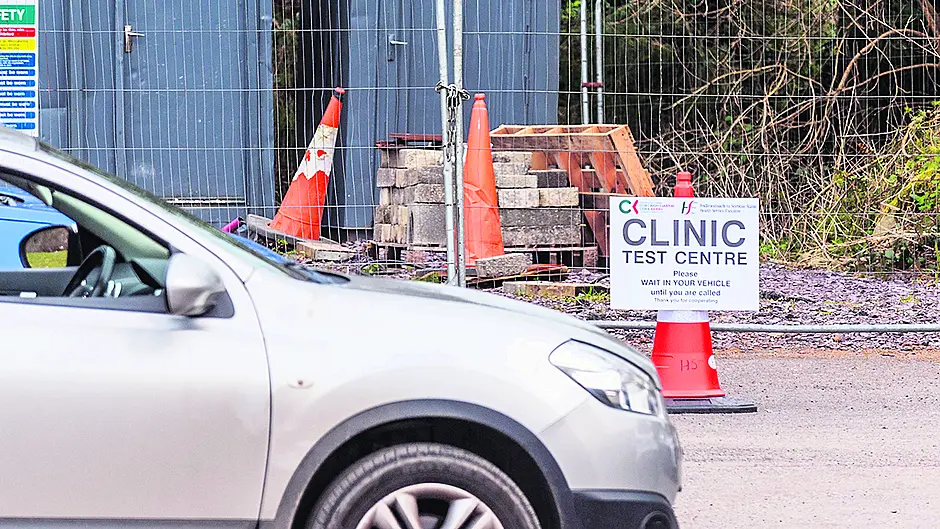A frontline healthcare worker, who has worked on some of the first Covid-19 cases in Cork, describes the constant fear of not knowing what each call will bring, and what people can expect if they do seek help
By Siobhan Cronin
THERE is no doubt that some of us, over the next few months, will have to make that frightening call to the emergency services for a loved one, or indeed ourselves.
One healthcare worker, on the frontline in the Cork area, told us what to expect if the ambulance is coming to the door of a suspected victim of Covid-19 who needs hospitalisation.
They’ve been making those house calls for weeks now, some of them quite serious cases, others less so. But in each and every one, the protocols are the same – and essential.
‘When you get the call, you head for the house and pull up about one mile away,’ they explained. ‘There you take all non-essential equipment out of the ambulance and put it in a locker which you then place in the front seat, as this is sealed off from the rest of the ambulance. Then you gown up.’
They then approach the house and give a mask to the person at the door. ‘You don’t know if the person who opens the door is going to sneeze on you or not, so you have to be very careful.’
As the patient approaches the ambulance the paramedic is told to walk behind them and then sit behind them in the ambulance. Those in the back have no contact with the driver who is sealed off at the front.
When the ambulance arrives at the hospital, they must wait for an isolation room to be located before the patient can be despatched.
Once that is done, the ambulance then has to be left sit for about 20 minutes to allow any droplets of the virus in the back of the vehicle to fall to the floor. Then a paramedic gowns up again and wipes down everything in the rear of the ambulance with a bacterial liquid. The ambulance must then be left for another 20-30 minutes and then it is wiped down again and left to dry.
As a result, the ambulance could be out of action for up to two hours while this essential ‘deep clean’ takes place.
‘The whole thing is very stressful,’ the healthcare worker told us. ‘Any call now could be Covid-19 and you watch every sniffle. But you have to protect yourself firstly.’
They added that they have received ‘several calls this week already’ asking for ‘overtime’, ‘overtime’ and ‘overtime’ but some staff are already working 16-hour days, several in a row, so the fear of exhaustion and a resultant low immune system is with each of them.
And they added a plea to the public: ‘There is no medication to stop this, all we have is social distancing. Healthcare workers can help, but we can’t stop it. I heard of a group of teenagers meeting up and sitting in a car recently – that kind of thing is hugely dangerous. If one of them has it, then they will all have it after that. Then they will go home and give it to their families. We have to get this message out.’
And they added: ‘I saw a video of people out exercising near each other. That is crazy. What if one person sneezes nearby or … puts their hand on a car … then another person touches that car … crazy. People have to start taking this seriously.’









